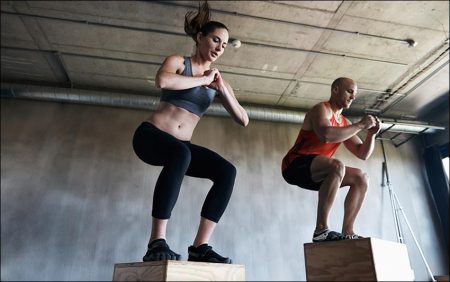Gymnastics develop heavy, strong arm and shoulder muscles. The legs are not developed proportionately. Running develops stringy, tough leg muscles. Arms remain undeveloped. Strenuous training has reduced the fat end extra muscle tissue which would require energy to carry. Boxing develops compact, powerful arm and leg muscles. The boxer trains for speed and endurance which does not produce the large muscles seen in the gymnast.
Heavy muscles would be a burden to boxers who must keep their arms up and move them fast during a fight. Swimming develops long, flexible, smooth muscles throughout the body.Training diminishes the individual differences among performers in endurance events. Runners who are in good condition at the start of a training period show a small improvement, while those in poor condition in the beginning improve rapidly during the training season.
An increase in work output as a result of training has been observed in track and treadmill runners and in bicycle riders. In one study college students unselected for athletic ability trained for a period of six months. Track and treadmill running was supplemented with gymnastics and other activities. An average reduction of one minute in the time required to run a mile occurred between the second and sixth months. The maximal grade of treadmill running was increased by 50 per cent.
In another experiment subjects who trained on a bicycle ergometer for three months were capable of about three times the work output of untrained subjects. Such large increases in work output as the result of training cannot be explained in terms of improved mechanical efficiency alone. In two careful work experiments in which training resulted in comparable increases in work output the mechanical efficiency remained unchanged in one and increased only 5 to 10 per cent in the other. In both of these experiments it was noted that in the trained subjects the R.Q. during work was lower, the volume of oxygen removed from each liter of expired air wits greater, the oxygen consumption was greater and the oxygen debt smaller.
Work during fatigued states on a bicycle ergometer was carried on at a 31 per cent higher rate in trained individuals (women physical education majors) than in untrained (student nurses). The trained individuals also had an 11 per cent greater capacity for maximum work.
Hits: 94
